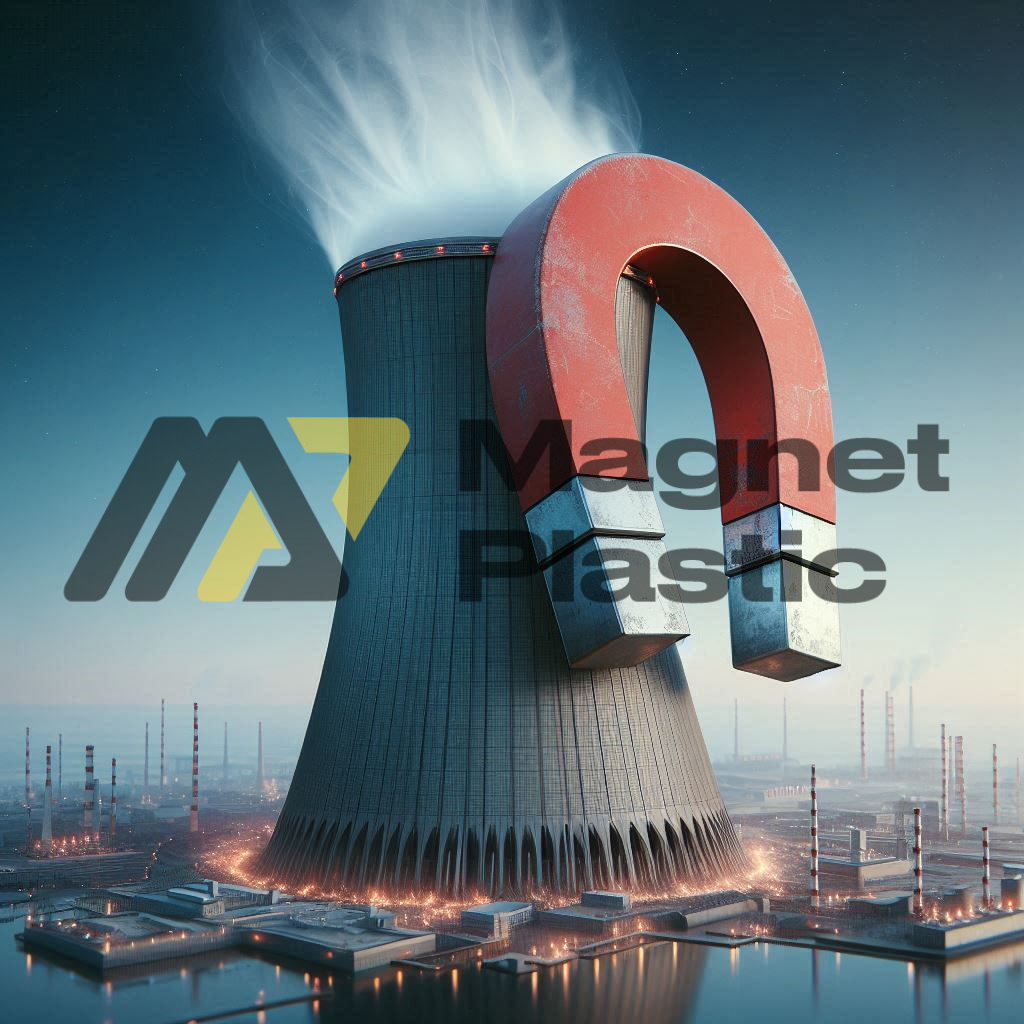Magnets and Nuclear Energy
The relationship between magnets and nuclear energy is essential and multifaceted, impacting everything from electricity generation to the safety of nuclear plants. These magnetic components are fundamental in various applications within the nuclear industry, optimizing performance and ensuring safe operations.
Role of Magnets in Nuclear Reactors
Nuclear reactors are at the heart of nuclear energy generation, where the fission of atoms releases a significant amount of energy. Magnets play a vital role in the operation of these reactors, particularly in controlling the control rods. These rods, typically made of boron or cadmium, are inserted into or withdrawn from the reactor core to regulate the chain reaction.
The precision in the movement of control rods, facilitated by magnets, is essential for maintaining the stability of the nuclear reaction. This precise control is crucial for preventing dangerous situations such as reactor overload, ensuring that fission remains at safe and manageable levels.
Safety and Monitoring Systems with Magnets
Safety in nuclear plants is an undeniable priority, and magnets play a key role in various safety systems. A notable example is their use in emergency shutdown systems. Magnets ensure that critical valves remain closed during normal operation but can be opened quickly in an emergency, allowing for rapid response to prevent major accidents.
Additionally, magnetic sensors, which use magnets, are essential in monitoring and detection systems within nuclear plants. These sensors can detect changes in magnetic fields associated with electrical currents in reactor components, allowing for early detection of issues such as leaks or malfunctions, which facilitates swift interventions before they become severe risks.
Nuclear Fusion and the Future of Energy
Nuclear fusion, seen as the future of clean and abundant energy, also heavily relies on magnets. Fusion reactors, such as the tokamak, use powerful magnetic fields to confine the hot plasma necessary for fusion. Superconducting magnets, capable of generating extremely strong magnetic fields without energy loss, are essential for maintaining plasma stability.
These superconducting magnets, made from advanced materials that allow electric currents to flow without resistance, represent one of the biggest technical challenges in building viable fusion reactors. Research and development in this area are crucial for achieving the commercial viability of nuclear fusion.
Challenges and Technological Advances in Magnet Use
While the benefits of using magnets in nuclear energy are numerous, there are significant challenges. The creation and maintenance of superconducting magnets require extreme cooling conditions, presenting technical and economic challenges. However, advancements in materials science and engineering are overcoming these challenges, seeking more efficient and cost-effective solutions.
Additionally, the management of magnetic waste and the recycling of magnets are important research areas, considering environmental impact. The nuclear industry is exploring methods to recycle used magnets and reduce reliance on rare and costly materials, contributing to a more sustainable industry.
Conclusion
The intersection of magnets and nuclear energy is crucial for the operation and safety of nuclear plants. Magnets are essential for precise reactor control, safety through emergency systems and monitoring, and the promising future of nuclear fusion. As technology continues to advance, magnets will remain fundamental in improving the efficiency and safety of nuclear energy, contributing to meeting the growing energy demand in a safe and sustainable manner.
